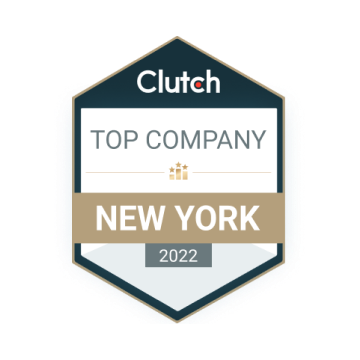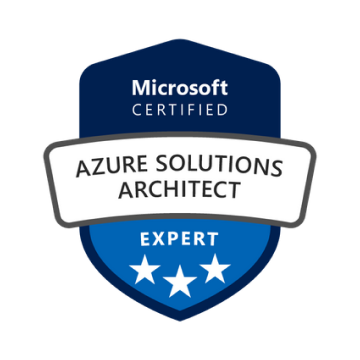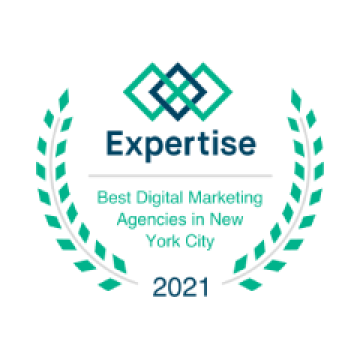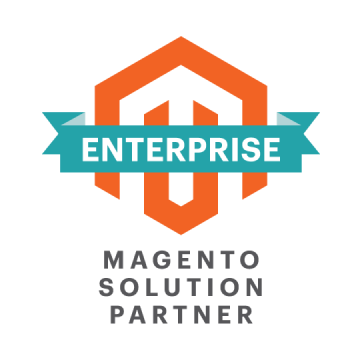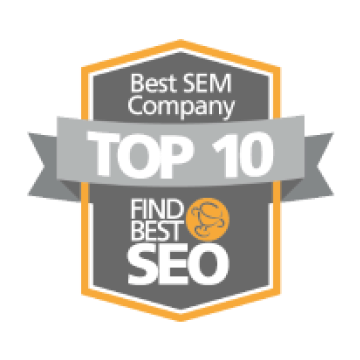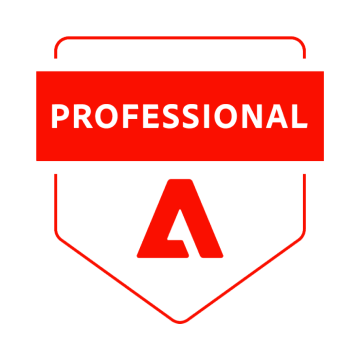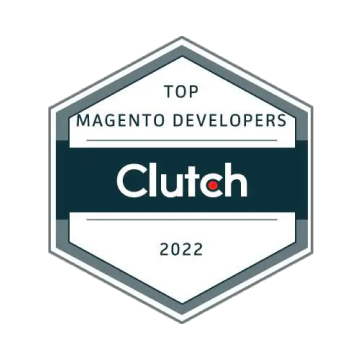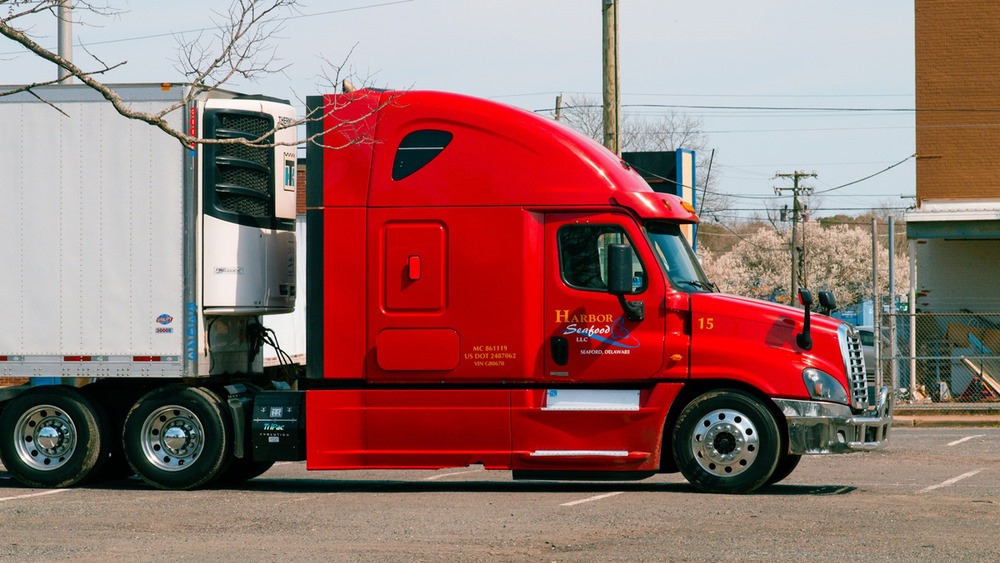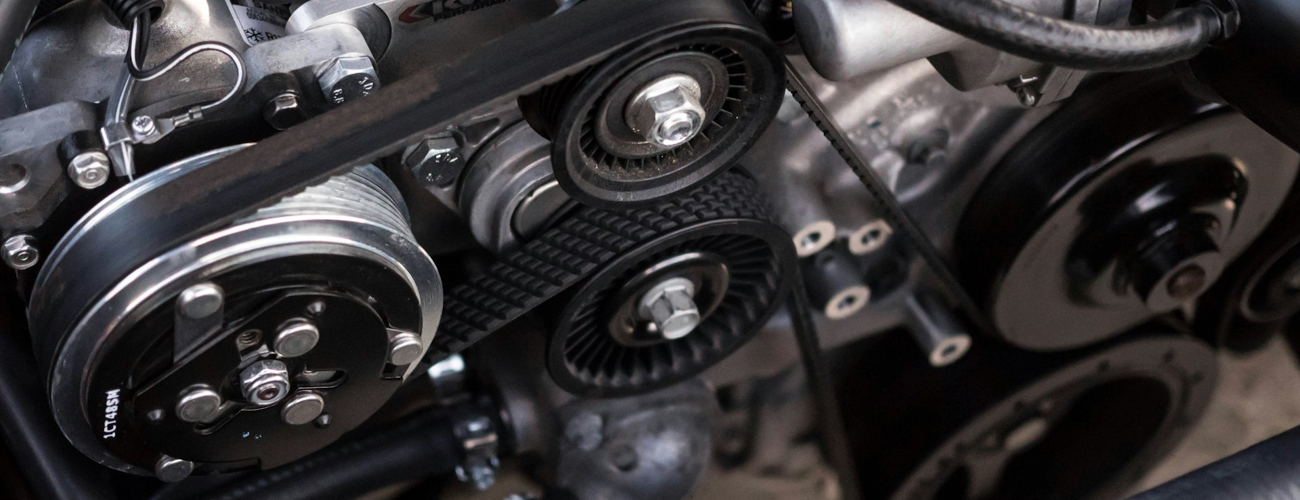Automotive Web Design Services
You need a website that moves users from interest to action: clear paths to product discovery, fast load times on mobile, and integrations that connect marketing, sales, and service. We design and build automotive web experiences – dealer, aftermarket, EV charging, and fleet – that align UX, analytics, and SEO with your revenue model, so your team can ship updates quickly and track what actually drives pipeline.

Our Offerings
UX Research & Information Architecture
We begin with interviews, task analysis, and click-path reviews to identify what buyers and service customers actually try to do on your site. The output is a clear IA and navigation model, product and solution taxonomies, and page templates that reduce friction from landing page to quote or demo. This foundation guides every design and development decision and supports scalable automotive web design later on.
UI & Design System
We create a reusable design system – components, states, spacing, and content rules – so new pages and campaigns can be shipped without reinventing patterns. Accessible color, motion, and form behaviors are documented alongside usage guidance, keeping the brand consistent across marketing, dealer, and partner portals.
Headless CMS & Site Build (Next.js/React)
We implement a headless architecture with a modern front end (e.g., Next.js) and a CMS your team can actually use. Editors get structured content types for products, locations, case studies, rebates, and support articles. The result is fast rendering, flexible page layouts, and a clean separation between content and code for long-term website development.
Ecommerce & Catalogs with Fitment
For parts and accessories, we design product discovery around fitment and compatibility. We integrate standards such as ACES/PIES, support VIN or make-model-year filters, and build comparison, availability, and pricing blocks that adapt to dealer or distributor inventories.
Locator, Inventory, and Scheduling
We build location and resource finders for dealers, service bays, and EV charging, supporting search by map, proximity, amenities, and availability. Inventory sync runs on scheduled jobs or webhooks, and we add tools for test-drive requests, service scheduling, and charger reservations when needed.
Data & Platform Integrations
Your site connects to the rest of your stack: CRM/marketing automation (HubSpot, Salesforce), DMS/ERP, CDP, and analytics. For energy and e-mobility, we integrate OCPP/OCPI endpoints, usage feeds, and rebate forms, so visitors can locate chargers, check status, and enroll in programs without bouncing to external portals.
How We Bring Value To Your Business
We align web design, data, and operations so your site supports revenue targets, not just branding.
1
Faster paths to revenue
We shorten the steps from landing to quote, test drive, or parts checkout using clear IA, strong internal linking, and focused page templates. Expect fewer dead ends, lower bounce on mobile, and more qualified form submissions across dealer, fleet, and EV programs.
2
Lower cost of change
A component-based design system and headless CMS cut the time and developer effort needed for new pages, seasonal offers, and regulatory updates. Your team ships changes in hours, not weeks, without breaking performance or accessibility.
3
Product and fitment accuracy
VIN, make-model-year, and ACES/PIES integrations reduce incorrect orders and support tickets. Clear compatibility messaging, comparison tables, and availability logic help buyers pick the right part the first time.
4
Operational visibility for leaders
We wire events and server-side tagging so leadership can see how content, campaigns, and features contribute to pipeline. Dashboards connect web activity to CRM stages and deal values, making budget and roadmap decisions easier.
5
Search growth without tech debt
Technical SEO, schema for Product, Vehicle, and LocalBusiness, and clean site architecture support steady gains in non-brand traffic. Performance budgets and edge caching keep Core Web Vitals healthy as the site scales.
6
Secure, compliant user journeys
We build consent logic, form validation, and role-based access into the platform. This reduces data-quality issues, supports regional privacy requirements, and keeps dealers, partners, and customers on approved paths from discovery to support.
Challenges We Commonly Solve
Leaders come to us when the website slows down sales, confuses buyers, or can’t keep up with product and program changes.
Fix the bottlenecks that slow deals.
Why Choose WiserBrand
You get a partner that treats web, data, and operations as one system—built to ship changes fast and support growth across programs and regions.
1
Integration-first execution
We connect your site to CRM, marketing automation, DMS/ERP, inventory, payment, and when relevant – OCPP/OCPI for e-mobility. Our team maps data contracts, builds reliable sync jobs and webhooks, and sets an event schema that ties web activity to pipeline stages. Leaders see what content and features move deals forward.
2
Scalable architecture you can own
We deliver a headless CMS, a reusable component library, and a documented design system. Editors get structured content models; developers get a clean codebase with performance budgets and testing. Handover includes runbooks, role permissions, and training so your team can operate and extend the platform without vendor lock-in.
3
Performance and search baked into the build
We design for Core Web Vitals from day one—image optimization, edge delivery, and strict bundle control. Technical SEO covers schema (Vehicle, Product, LocalBusiness), fitment-friendly URLs, and internal linking that supports category growth. The result is an automotive web presence that loads fast, ranks well, and converts consistently.
Cooperation Models
Pick an engagement that matches your roadmap, risk tolerance, and internal capacity.
Best for a defined launch: redesign, headless replatform, or new brand site. We agree on scope, milestones, acceptance criteria, and a release plan. You get a dedicated squad (PM, UX, UI, FE/BE devs, QA) working in two-week sprints, with demos and backlog reviews. Pricing is tied to a clear statement of work; change requests are handled through tracked mini-scopes so timelines stay predictable.
Ongoing design and development for teams running frequent campaigns, catalog updates, and feature releases. We run a rolling quarterly plan with capacity bands, SLA-backed support windows for high-impact fixes, and a shared experimentation backlog (SEO, performance, UX tests). This model suits energy and e-mobility programs where the site must adapt to incentives, new locations, and partner integrations.
When you want to accelerate internal delivery without long hiring cycles. Our developers, designers, or analysts work inside your rituals and tools, owning specific streams like locator UX, fitment, or CMS architecture. We set measurable objectives per quarter, define interfaces with your engineering and marketing teams, and rotate skills as needs change.
Our Experts Team Up With Major Players
Partnering with forward-thinking companies, we deliver digital solutions that empower businesses to reach new heights.
Our Approach
We follow a structured process that aligns strategy, design, and technology from day one—so the website performs well technically and supports business goals as it scales.
Discovery & Technical Audit
We begin with stakeholder interviews, analytics reviews, and a full audit of your existing CMS, codebase, SEO, and integrations. This reveals structural issues, data silos, and UX gaps that need to be addressed before design work begins.
UX Research & Architecture
User flows are mapped through interviews, search data, and click-path analysis. We build the information architecture, navigation, and content models that support clear journeys—from product exploration to dealer booking, service scheduling, or checkout.
Design System & Prototyping
We develop UI components and page templates based on accessibility standards and responsive behavior. Interactive prototypes validate navigation, product filtering, and locator UX with real scenarios before development starts.
Development & Integration
Our team builds the front end using modern frameworks like Next.js, connects it to the CMS, and integrates CRM, inventory, scheduling, and analytics platforms. We focus on performance budgets, schema markup, and clean data contracts to avoid future tech debt.
Launch & Continuous Improvement
Before launch, we handle structured content migration, redirect mapping, QA, and Core Web Vitals testing. After go-live, we monitor performance, SEO signals, and user behavior, feeding insights into a prioritized backlog for ongoing UX and conversion optimization.
Case Studies
Our case studies highlight the outcomes we’ve delivered and the approaches that made them possible.
Automotive Web Design Services FAQ
Most redesigns or headless builds land in 10-16 weeks, depending on scope (catalog size, integrations, content migration). Smaller marketing sites ship faster; complex catalogs and fitment add time.
Yes. We map redirects, preserve key URL patterns, migrate structured content, and carry over schema and internal links. Pre-launch crawls and GA4 checks help protect traffic during cutover.
We integrate ACES/PIES, VIN decoding, and compatibility filters. Product pages and search use that data so buyers quickly find parts that fit their vehicle.
Yes. We integrate CRM/marketing automation, inventory and pricing feeds, dealer/service locators, scheduling, and (for e-mobility) OCPI/OCPP status and availability, so visitors can find locations, book, or request quotes without switching systems.
We design to WCAG 2.2 AA, run audits, and fix issues with clear acceptance criteria. Post-launch, we monitor Core Web Vitals, conversion events (quote, test drive, booking), and search signals, then iterate on pages that move pipeline.
